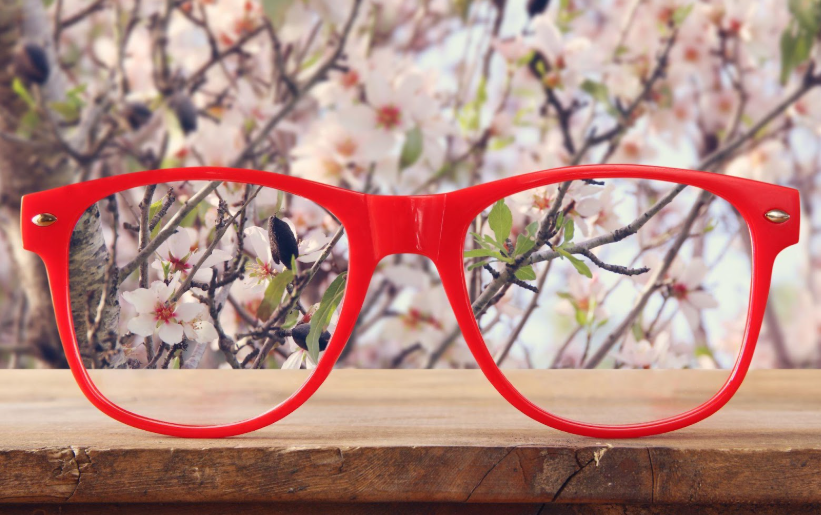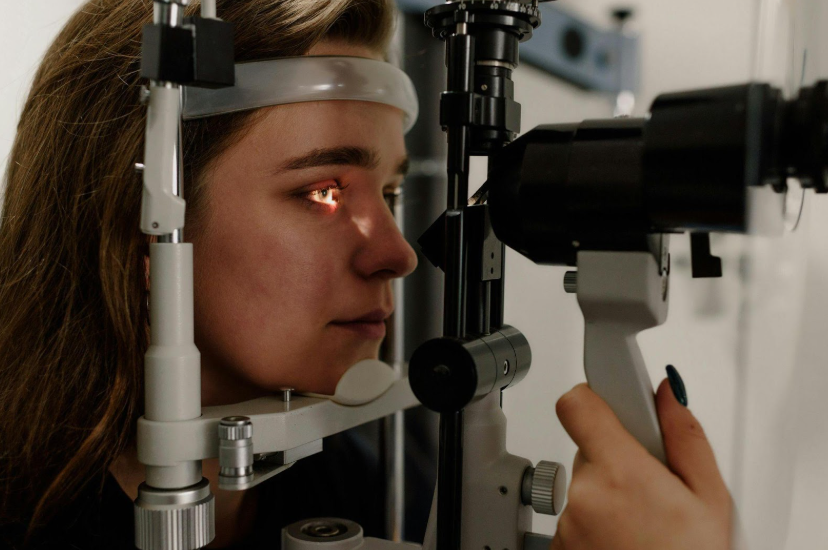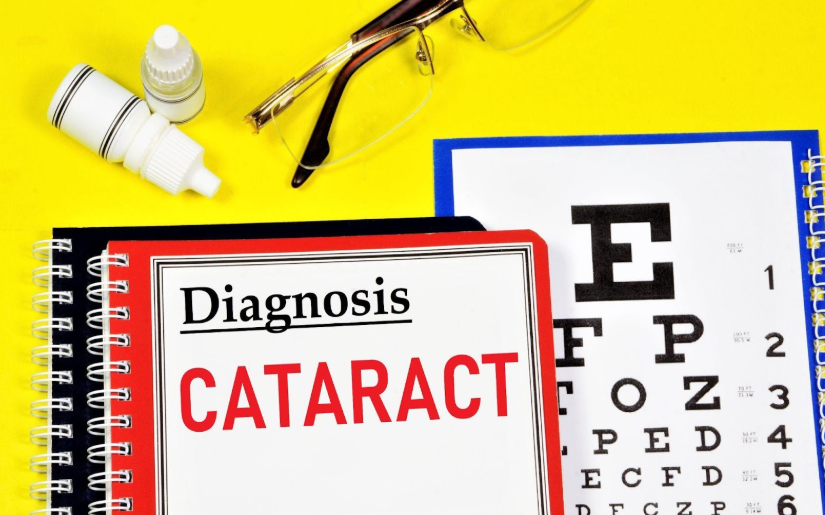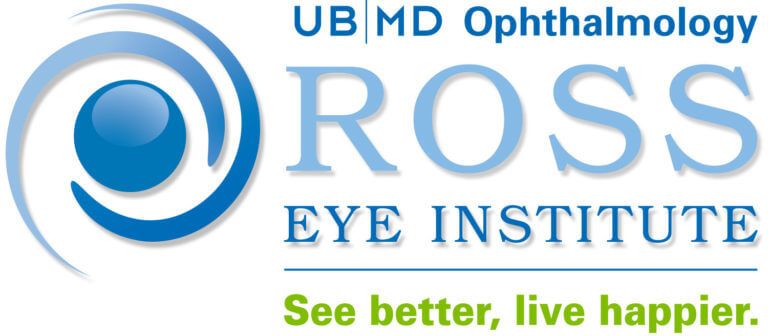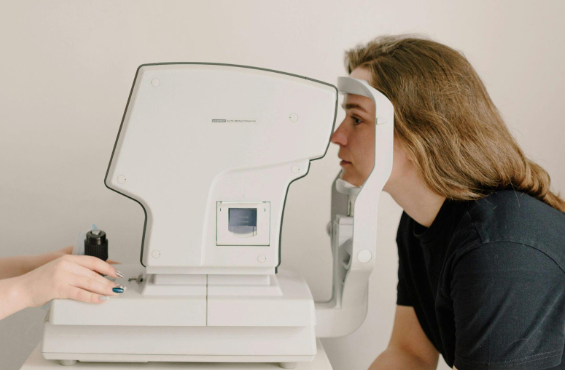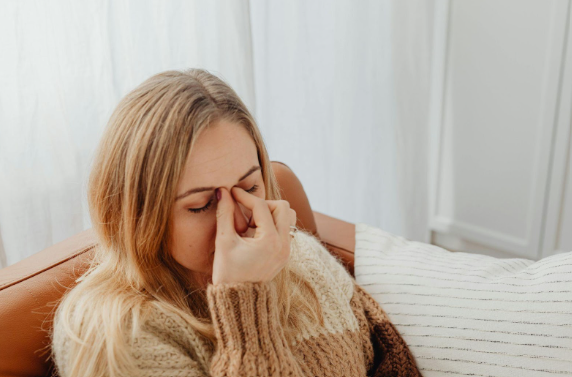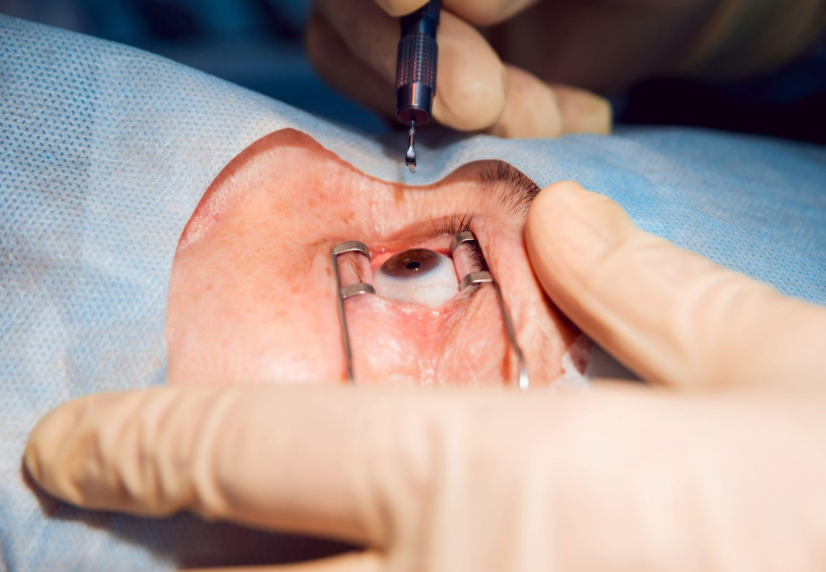How Seasonal Allergies Trigger Dry Eyes and What You Can Do About It
How Seasonal Allergies Trigger Dry Eyes and What You Can Do About It
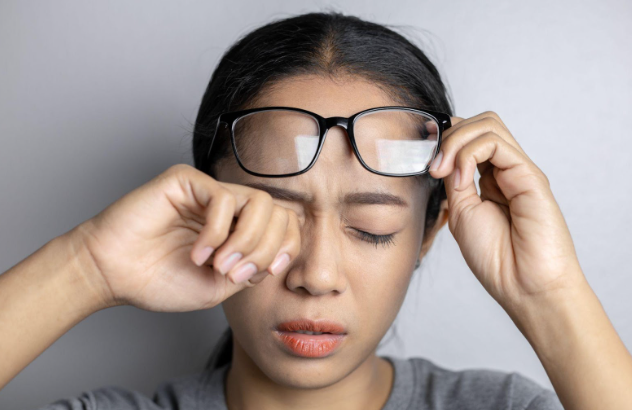
Seasonal allergies bring more than just sneezing and congestion, as they often cause eye symptoms that range from itching to dryness. If you notice your eyes feel dry and irritated during allergy season, it’s no coincidence. Allergens can disrupt the delicate balance of your tear film, leading to dry eye syndrome. Understanding this connection helps you take effective steps to protect your eyes and maintain comfort.
How Seasonal Allergies Disrupt Your Tear Film and Eye Health
When allergens like pollen or mold enter your eyes, your immune system reacts by releasing histamines and inflammatory molecules. This immune response inflames the ocular surface and interferes with the tear film, which normally protects and lubricates your eyes.
The tear film consists of three layers: an oily lipid layer, a watery aqueous layer, and a mucus-based mucin layer. This disruption destabilizes the tear film, causing it to break up quickly and leaving your eyes dry, itchy, and uncomfortable. This can:
- Clog or inflame the meibomian glands that produce the lipid layer, causing tears to evaporate faster.
- Reduce tear volume by affecting lacrimal glands that produce the aqueous layer.
- Damage mucin-producing cells, disrupting tear spread across your eye.
Identifying Symptoms That Link Allergies and Dry Eye
Unlike dry eye caused by aging or screen exposure, allergy-related dry eye is frequently triggered by environmental changes, particularly during the spring, early summer, or fall, when pollen, mold, and airborne irritants are at their peak.
If your symptoms intensify during allergy season or after exposure to common triggers like dust, pet dander, or outdoor wind, your dry eyes are likely linked to allergic inflammation. While both dry eye syndrome and eye allergies can cause discomfort, allergic dry eye usually has unique warning signs.
Signs Your Dry Eye Is Allergy-Related
Allergy-induced dry eye tends to follow specific patterns tied to environmental exposure. These signs can help distinguish it from other forms of dry eye, which includes:
Itching and Redness
Histamine release from allergen exposure causes conjunctival inflammation, leading to persistent itching and redness. This is especially pronounced during high pollen seasons.
Burning or Gritty Sensation
Reflex tearing occurs when the tear film becomes unstable due to inflammation. These tears lack essential oils and mucins, so they evaporate quickly and fail to relieve dryness.
Blurry Vision
Tear film instability caused by allergen exposure can lead to transient visual fluctuations, particularly in wind or dry air.
Swollen Eyelids or Discharge
Overnight exposure to allergens, especially in bedding or HVAC systems, may trigger eyelid inflammation, puffiness, and mild crusting.
Increased Discomfort
Increased sensitivity to indoor irritants often signals an allergic component affecting the tear film and ocular surface.
How Eye Care Professionals Diagnose Allergic Dry Eye
Eye care specialists rely on advanced diagnostic tests to assess both the quality of your tear film and the overall health of your ocular surface. These tests are essential to differentiate allergy-related dry eye from other types and to customize the best course of action.
Tear Osmolarity Testing
This test measures the salt concentration in your tears to check how stable your tear film is. Higher salt levels mean your tears are too concentrated, often because your eyes aren’t producing enough tears or they evaporate too quickly.
Allergic reactions can cause inflammation that changes tear composition, leading to higher osmolarity. Tracking this helps monitor your condition and how well treatments are working.
Tear Break-Up Time (TBUT)
TBUT measures how long your tear film stays intact after blinking. A shorter time means your tears evaporate too fast or the oily layer that protects your tears is weak. This is common in allergy-related dry eye, where inflammation affects tear production. This test helps find out if evaporation or tear production is the main problem.
Fluorescein and Lissamine Green Staining
These special dyes are used to highlight damaged or dry areas on your eye’s surface. Fluorescein shows any breaks in the cornea, while lissamine green stains worn-out cells on the conjunctiva. These stains help doctors see where your eyes are affected by dryness or allergies, guiding the right treatment.
Meibography
Meibography uses infrared images to look at the meibomian glands in your eyelids. These glands produce oils that prevent tears from evaporating quickly. Allergies can cause these glands to become blocked or damaged, worsening dry eye. This shows how well these glands are working so your doctor can suggest treatments like warm compresses or gland care.
Patient History and Allergy Testing
Your doctor will ask about your symptoms, when they happen, and possible allergy triggers like pollen or dust. Allergy tests such as skin prick or blood tests can identify what causes your allergic dry eye. This helps your doctor confirm the diagnosis and recommend treatments or ways to avoid allergens.
Advanced Treatments for Allergy-Related Dry Eye
When allergy-induced dry eye becomes persistent or unresponsive to basic remedies, advanced clinical treatments can offer long-term relief.
Amniotic Membrane Therapy
This treatment uses a biologic membrane with natural healing properties placed directly on the eye. It reduces chronic inflammation, promotes tissue regeneration, and is especially helpful when seasonal allergies have caused lasting surface damage or corneal irritation.
Punctal Plugs
These small inserts block tear drainage ducts, keeping moisture on the eye longer. They’re useful for patients whose tear production is already low or unstable due to inflammation from allergens. Punctal occlusion can be temporary or long-term, depending on your symptoms.
Meibomian Gland Therapy
Allergy-related inflammation can block the meibomian glands, leading to tear evaporation. In-office treatments like thermal pulsation, IPL, and manual gland expression help clear blockages and improve oil flow. Warm compresses and lid hygiene at home also support gland function.
Prescription Anti-inflammatory Drops
Medications like cyclosporine (Restasis) and lifitegrast (Xiidra) reduce immune-related damage to the glands that produce tears. These drops are typically used long term and may take several weeks to provide full relief.
Dual-Action Antihistamine
These prescription drops address both the cause and symptoms of allergic eye irritation. They provide quick relief from itching while also reducing the release of inflammatory mediators that destabilize the tear film. They’re most effective when used early in allergy season.
OTC medicines are not giving the relief you need? Seeking professional care at our
Ross Eye Institute can ensure you receive the most effective treatments tailored to your needs.
Book a visit with our eye care providers today!
